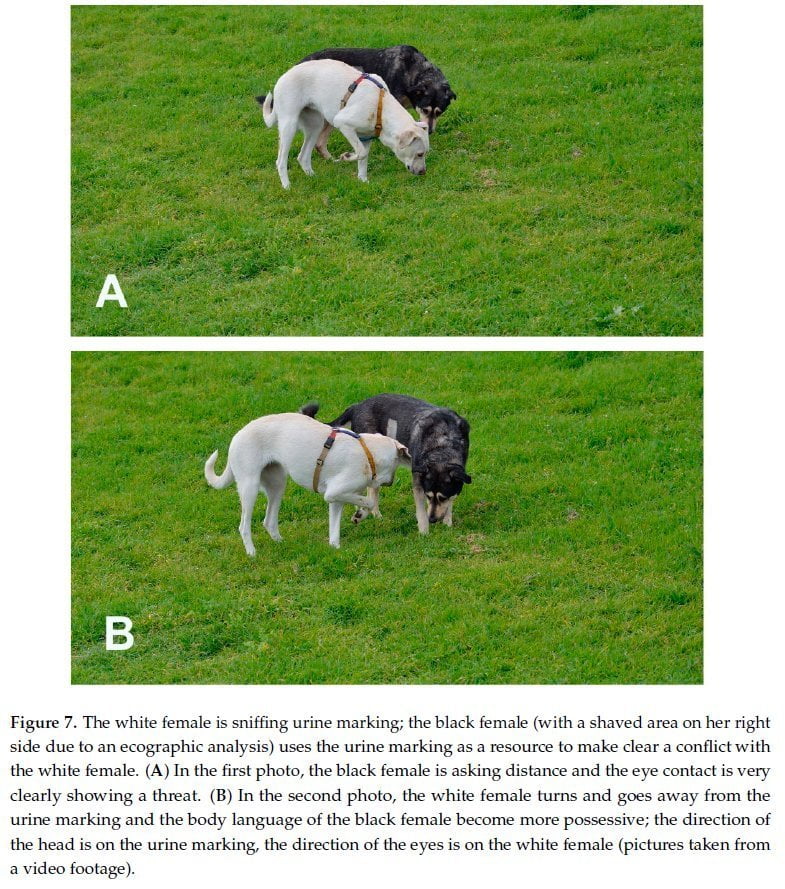Marcello Siniscalchi, Serenella d’Ingeo, Michele Minunno and Angelo Quaranta, 2018
Simple Summary: Communication takes place between members of the same species, as well as between heterospecific individuals, such as the long co-habitation process and inter-dependent relationship present in domestic dogs and humans. Dogs engage in visual communication by modifying different parts of their body; in tactile communication; and also in auditory and olfactory communication, with vocalizations and body odours, respectively. The aim of this review is to provide an overview of the recent literature about dog communication, describing the different nature of the signals used in conspecific and heterospecific interactions and their communicative meaning. Lateralized dog brain patterns underlying basic neural mechanisms are also discussed, for both conspecific and heterospecific social communication.
Abstract: Dogs have a vast and flexible repertoire of visual, acoustic, and olfactory signals that allow an expressive and fine tuned conspecific and dog–human communication. Dogs use this behavioural repertoire when communicating with humans, employing the same signals used during conspecific interactions, some of which can acquire and carry a different meaning when directed toward humans.The aim of this review is to provide an overview of the latest progress made in the study of dog communication, describing the different nature of the signals used in conspecific (dog–dog) and heterospecific (dog–human) interactions and their communicative meaning. Finally, behavioural asymmetries that reflect lateralized neural patterns involved in both dog–dog and dog–human social communication are discussed.
Download full study below



Responses